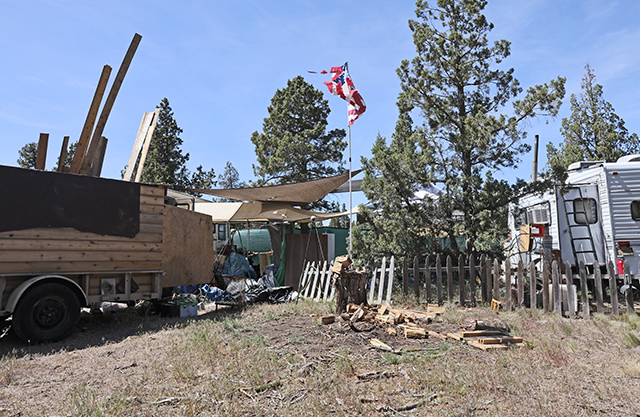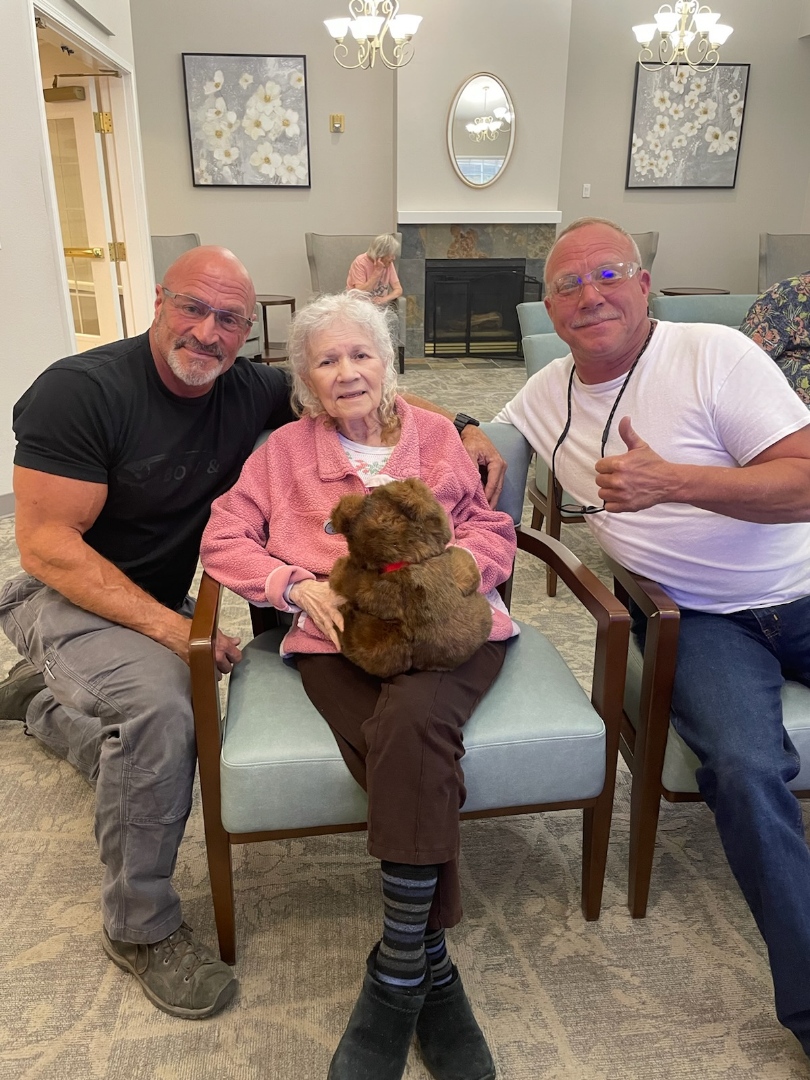These times may call for you to ‘invest like George Constanza’
Published 3:00 am Sunday, October 11, 2020

- Bill Valentine
If you watched the great sitcom “Seinfeld” in the ’90s, you undoubtedly remember the character George Costanza, the hapless buddy of the show’s namesake and star, Jerry Seinfeld. The neurotic Costanza couldn’t seemingly get anything in his life into a groove. Dating women, holding down a job, attractive grooming … it just seemed everything poor old George tried resulted in the opposite of its intent.
In fact, the one thing that finally worked for George was when he had an epiphany: Since his instincts were so bad, maybe he should make decisions based on the opposite of what he would normally do. And work for George it did—he ended up with a girlfriend and a dream job working for the New York Yankees.
So why the trip down sitcom memory lane? Because in my experience, most investors would do much better with their investing if they were to learn to do the opposite of what naturally appealed to them, especially during periods of difficulty, like now, when the stakes are the highest.
We develop instincts for how to succeed on a day-by-day basis, but those instincts tend to make us a very poor investor and put us on the wrong side of the trade more often than not.
We zig when we should be zagging and zag when we should be zigging.
There is a biological reason why this should be the case. We have ill-adapted, overly-reactive senses of fear and greed bred into our collective psyches. Fear was hard-wired into our brains, dating back to the dawn of man, to ensure the survival of the species by making us aware of life-threatening situations. Greed was the instinct to hoard the things that stimulated our pleasure center, which would ensure that we had plenty of what we needed when we needed it.
Let’s take these adaptive features to the marketplace. To do so, let’s pretend we’re beginning with a proper investment portfolio in place.
The account is diversified across multiple assets (U.S. stocks, U.S. bonds, non-U.S. stocks, non-U.S. stocks, real estate, commodities, etc.), and the allocation is deliberate to age, income need, propensity for stability, and so on. The investments are further diversified by the number of securities — not too few, but not too many.
And then “the market” takes a hit.
The use of the term “the market” is most often associated with the stock market in the U.S., by the media and others (“How’d the market do today?”), but increasingly, it can be applied to other asset classes, as referenced above, because of the increased correlation between assets and geography.
The most typical reaction to falling asset prices (aka volatility) is one of panic, which commences the temptation to abandon investments in order to “ease the pain.” Seems like a reasonable response — except it’s exactly the wrong thing to do at the wrong time. Most of the best returns from the investment market in the most volatile periods.
So how do you know if this is the wrong time to make wanton changes? Notice what everyone else is doing. They, too, are probably being driven by what their instincts them to. Thus, the “logic” loop is closed.
The market gets volatile, investors react (against their own self-interest) and they lighten up their load at the wrong time and lag the returns of the broad market. The better thing was to have not done anything.
The flip side can create its own problematic framework. A rising market draws too many investors who pay increasingly ridiculous high prices, which reduces the expected returns because they’ve bought-in future gains now.
Each spectacularly rising market has its symbolically outrageously behaved stocks. This time it’s Tesla, Apple, etc. This accumulation of “good” stocks seems perfectly rational. Then, one day, they stop performing so remarkably. And that’s the beginning of the end of the “good” old days.
In either of these cases, the instinct to try to get more than the market has to offer leads to the unintended, negative consequences, which was what we were all trying to avoid in the first place.
And now we are about to embark on a remarkable couple of months, chock-full of risk, volatility and opportunity. To do with that, you’ll need to behave differently from the crowd.
You’ll need to do the opposite of your instinct.
Invest like Costanza.






